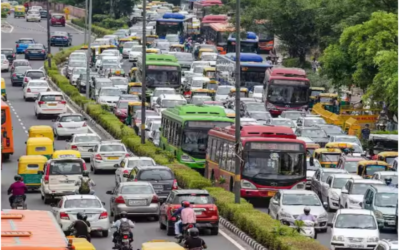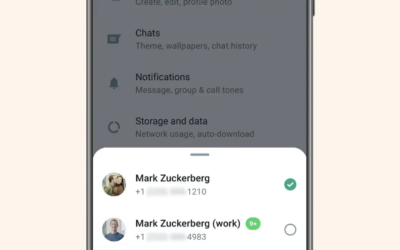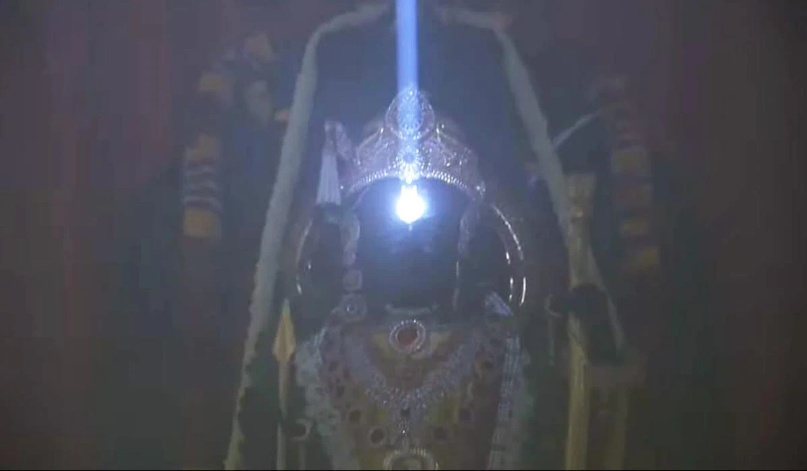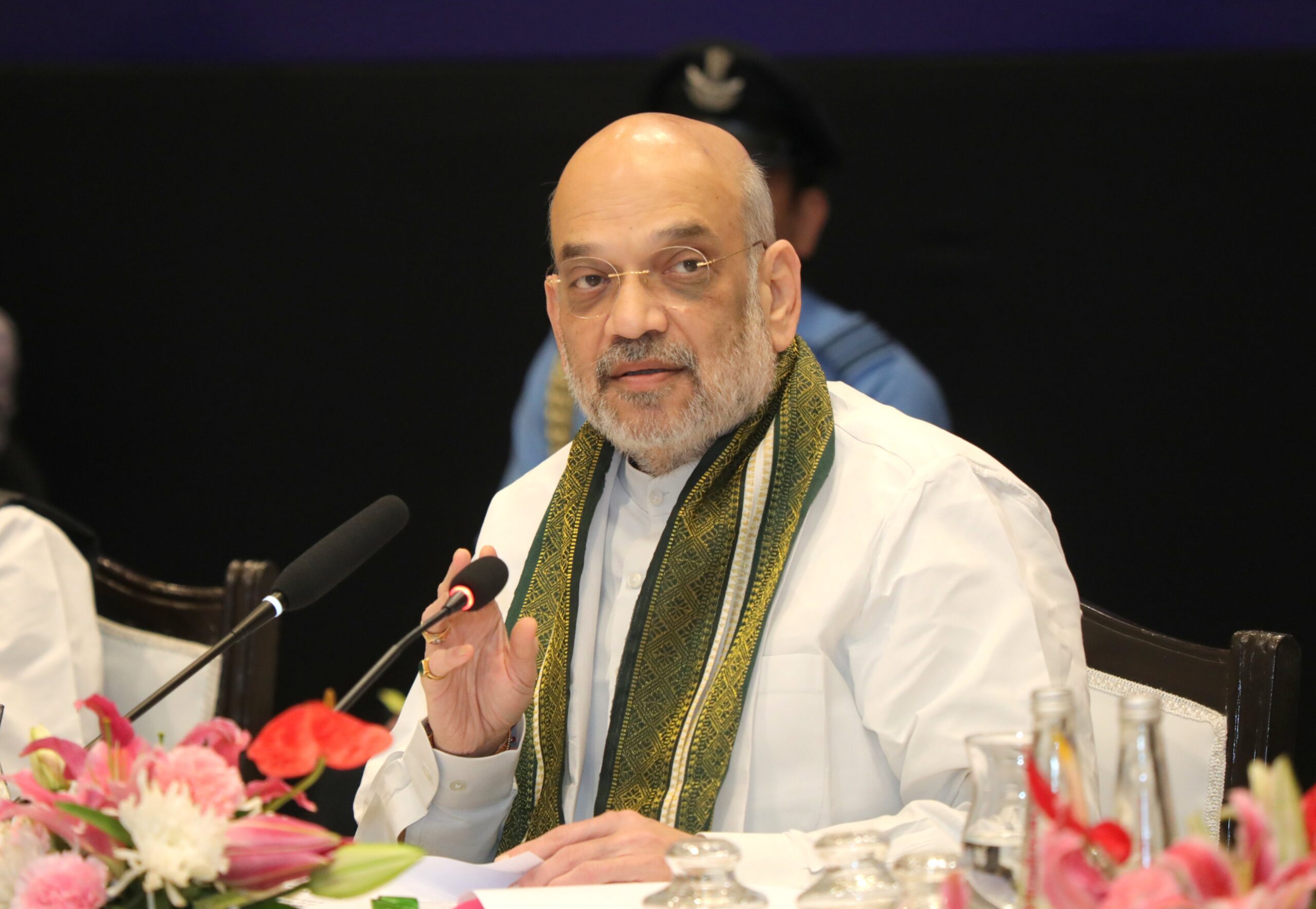Delhi remains engulfed in ‘severe’ air quality conditions, prompting Kejriwal to convene a high-level meeting today.
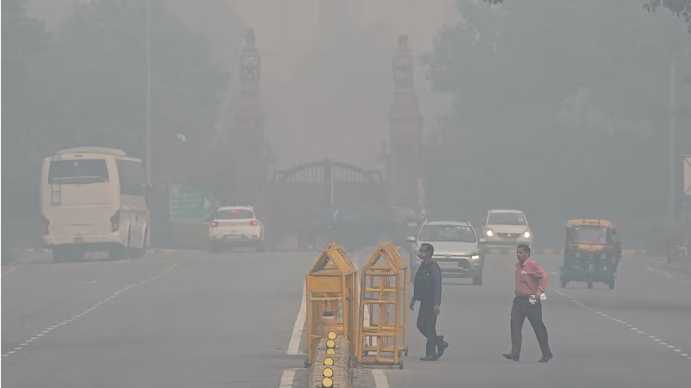
Delhi remains shrouded in a thick haze as its air quality remains firmly in the ‘severe’ category, according to data from the Central Pollution Control Board (CPCB) on Monday. This marks the fourth consecutive day that the national capital has endured hazardous air quality. At 9 am, the overall air quality index (AQI) for Delhi was recorded at 437, as reported by the CPCB.
Delhi Chief Minister Arvind Kejriwal is set to lead a high-level meeting today to address the ongoing pollution crisis in the national capital. The meeting, scheduled for 12 pm, will see the participation of Delhi Environment Minister Gopal Rai and senior officials from various relevant departments, including transport, MCD, Delhi Police, and Delhi Traffic Police.
The discussion will focus on the implementation of Stage IV of the Graded Response Action Plan (GRAP) by the Central government, which was activated in Delhi and the national capital region (NCR) on Sunday. The meeting is expected to explore additional emergency measures that can be taken across the city to combat the severe air pollution.
Stage IV of the anti-pollution plan is activated when the AQI exceeds 450 in Delhi, but this time, it was initiated reactively rather than proactively.
The AQI at 9 am stood at 478 in Bawana, 459 in Dwarka Sector 8, 475 in Jahangirpuri, 466 in Mundka, 460 in Narela, 444 in New Moti Bagh, 446 in Okhla Phase-2, 469 in Punjabi Bagh, 462 in RK Puram, 478 in Rohini, 430 in Siri Fort, and 482 in Wazirpur, among others. The air quality in Noida and Gurugram, which are part of the NCR, also remained in the ‘severe’ category.
Key developments in the Delhi pollution crisis include:
- Closure of primary schools in Delhi until November 10 due to deteriorating air quality, with the option for classes 6 to 12 to conduct sessions online.
- Invocation of the final stage of the Centre’s anti-pollution plan in Delhi-NCR, which includes restrictions on non-essential truck movement, construction activities, and work-from-home directives for government and private offices.
- Consideration of additional emergency measures by state governments, such as closing colleges, non-essential commercial activities, and implementing an odd-even scheme for vehicles based on registration numbers.
- The Commission for Air Quality (CAQM) urging the implementation of all emergency measures under Stage IV of GRAP in Delhi and surrounding areas.
- Increased purchases of air purifiers in Delhi, as doctors recommend wearing masks and installing air purifiers to combat polluted indoor air.
Delhi Environment Minister Gopal Rai emphasized the need to strictly enforce rules such as the ban on construction work, certain vehicle types, and controlling garbage and biomass burning. He also encouraged the use of public transport over private vehicles.
Stubble burning remains a major contributor to air pollution in Delhi-NCR, with a significant number of cases reported in Punjab and Haryana. Under Stage IV of GRAP, only CNG, electric, and BS VI-compliant vehicles from other states are allowed to enter Delhi, with essential services exempted. Medium and heavy goods vehicles not engaged in essential services are also prohibited from entering the city.
Mumbai is experiencing a declining AQI, with certain areas in the ‘poor’ category, prompting a visit from officials of the Union Ministry of Environment, Forest and Climate Change (MOEFC) to assess the situation and review measures taken by the Brihanmumbai Municipal Corporation (BMC).
Lucknow, a neighboring city of Delhi, is also facing poor air quality, with the highest post-monsoon air pollution levels in 2023. The Lucknow Municipal Corporation has deployed anti-smog guns in severely affected areas to combat deteriorating air quality.
